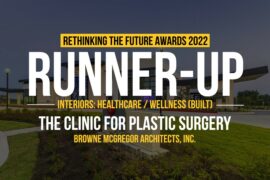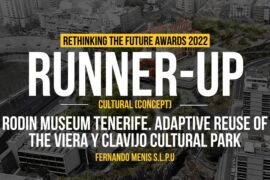In beginning to understand wonder three methods were exposed in architecture: frame, spectacle and interruption. The frame which holds wonder at a distance. The spectacle, consumed by wonder in which the extraordinary becomes the norm. And lastly, the interruption, something to be happened upon: the unexpected in the expected, the strange in the familiar, the saying in the said; the impossible in the possible.
Participant Name: Anjali Patel
University: University of Cincinnati
Country: United States

I began by unraveling wonder as an interruption in terms of its subtle approach, then studies various precedents of wonder, and lastly dismantled architectural elements to understand them further past my innate assumptions. Within the site, one which is a proposed pedway extension, allows the pedestrian to meander as seen fit. Since the site is undeveloped the subtle formal approach was to create a void.

A void since it would fit in the context within the norm, able to be over looked. Since Chicago is known for its architectural innovation rather than its antiquity like most cities, detailed rammed earth was proposed to peak one’s interest if it caught their eye.

The form was modeled off of a classic setback tower, inverted, to allow people to experience architecture in a new way, through a new perspective. The void has three modes of entry: pedway, ground and elevator (displaced nearby). As wonder cannot be sustained, the unpredictable flooding of the exposed tunnels below allowed for an opportunity to evaporate the water at the bottom as to create different scales of wonder within the intervention. Wonder as an Interruption aimed to expose Chicago’s forgotten infrastructure as a cultural awakening without the need for a gaudy superstructure rather an open-air interruption designed for various scales. This study is merely one example of many. Opening the conversation to what architecture can do more so for the human scale experientially, for more interruptions to come.
Next Post
Sharjah Water Village | Chaukor Studio
4 Mins Read





